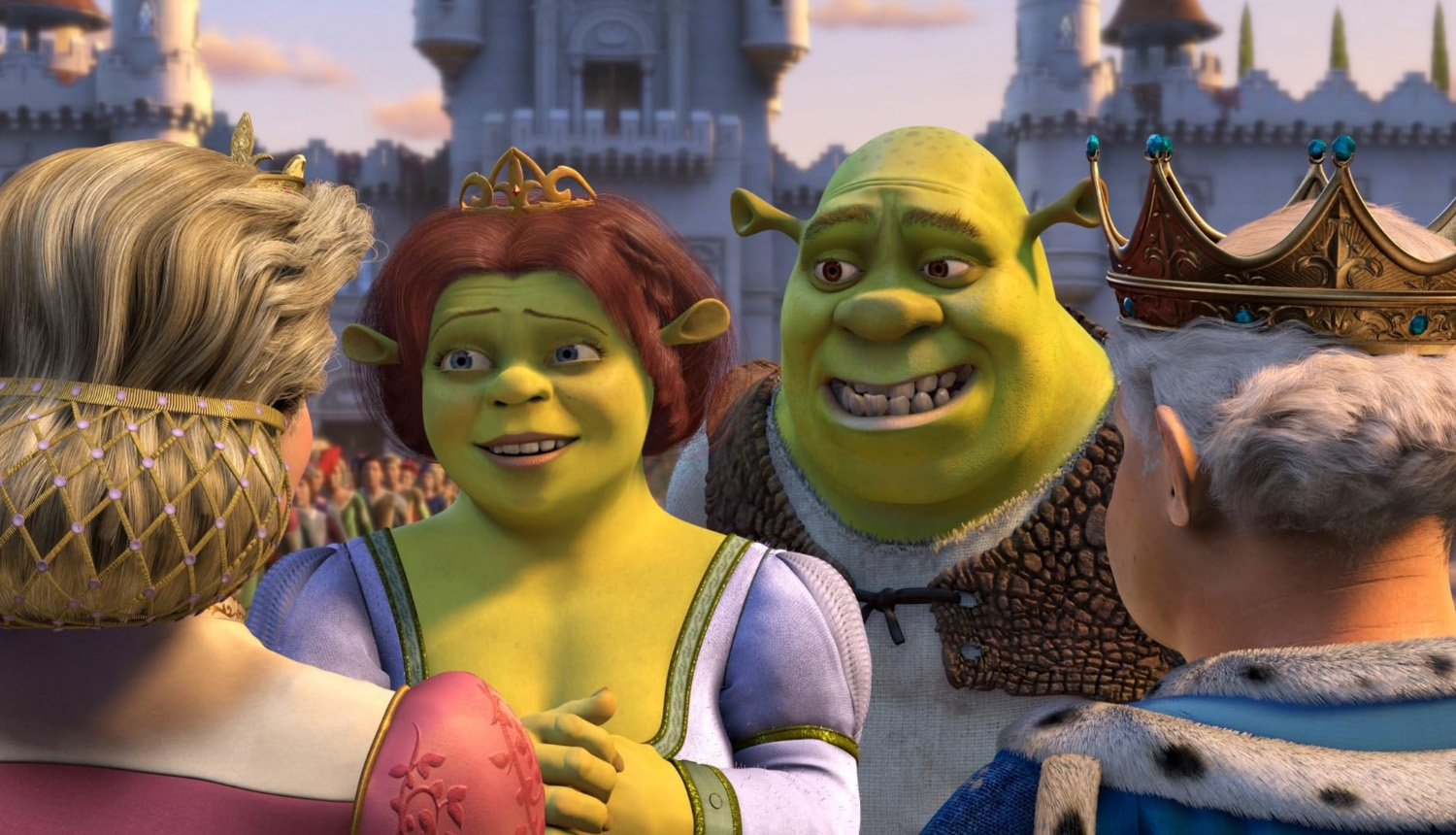Blockbuster movie found its happily ever after after many false starts
Life is not a fairy tale. There’s no knight in shining armour, no happily ever after and the princess doesn’t need saving. She just wants equal pay.
But sometimes, just sometimes, a story comes along that is filled with seemingly insurmountable obstacles, that ends in a triumph that was originally thought impossible. One that can only happen in fairytales. Such is the story behind Shrek, the animated movie released back in 2001 that changed the story of animated films forever.
It all started with a talented cartoonist named William Steig. Following a decades-long career as a cartoonist for the New Yorker and ad agencies, Steig decided to drop everything and write children’s books. Known for his dark and subversive humour, Steig wrote a number of books, including one about an ogre who was proud of his ugliness and set out on an adventure to find the ugliest princess in all the land and have the ugliest children ever seen.
Producer John H Williams came across the book when he read it to his two young sons and fell in love with it. At the time, Williams was working for a brand-new animation company called Dreamworks, created by among others Steven Spielberg. Spielberg loved the idea and began casting it. His first two choices for Shrek and Donkey? Bill Murray and Steve Martin.
Williams convinced him to give the job to Jeffrey Katzenberg, a co-founder of DreamWorks and a former Disney exec who left the company after a bitter fight with then-CEO Michael Eisner.
Eager to prove himself and set DreamWorks as equal to Disney, Katzenberg jumped at the opportunity and set a small budget ($20 million) for Shrek.
But things got off on the wrong foot. The team couldn’t find a creative direction and old-school 2-D animators clashed with the new crew that worked on 3-D CGI animation.
In 1995, the animation team produced a one-minute proof of concept for Shrek that was supposed to set the tone for the movie. Shrek is shown dancing to the tune of Feel Good and encountering a mugger, whom he hurls into the sky. The brass at Dreamworks hated it and after two years and millions spent, it was back to square one.
When it came to voicing the characters, Eddie Murphy was cast as Donkey while SNL alumni Chris Farley was brought in as Shrek, along with Janene Garofalo as Princess Fiona.
Working off Farley, the creative minds behind the film decided that they would go with a story where a teenage Shrek is trying to find his place in the world and gain the approval of humans.
For the first time, everything was going according to plan! The team had a creative direction, a solid script and a bankable cast. Meanwhile, Dreamworks bought a share in PDI, a visual effects and animation company, thus solving issues in the animation pipeline.
As per all good stories, things quickly fell apart. On December 18, 1997, Farley passed away from a drug overdose. Having lost their protagonist, the Shrek team were forced to once again return to square one.
Desperately looking for inspiration, the team went back and rewatched the original test footage. To their surprise, they loved Shrek’s vibe, a confident, strutting ogre who is sure of himself and his place in the world.
Always considering themselves to be the antithesis of Disney, the team fully embraced the part and went all out to make a movie that was everything Disney films weren’t: filled with adult humour, irreverent and against all established tropes. Two animators had the idea of a torture scene using a nursery song called The Muffin Man, a scene that perfectly encapsulates the vibe of the movie. The scene ended up in the finished film.
There are a ton of jokes mocking Disney in the film, including supposedly modelling the film’s villain after Katzenberg’s nemesis Michael Eisner. This has been denied by the director but is one of those rumours that just won’t go away.
With a renewed purpose, the team set out to find a new cast. Eddie Murphy stayed, and Cameron Diaz and Michael Myers were brought on board. The now famous Scottish accent was added after the film was almost done, as Myers decided to re-record his dialogue in a different accent and thought that Shrek needed to sound like an everyday man. Sidenote: Myers wasn’t the first choice to voice Shrek. That would be Nicholas Cage, who turned the role down because he didn’t want his children to think of him as an ogre.
Shrek was released in April 2001 to universal acclaim and blockbuster success, taking in almost $500 million in ticket sales.
It was a triumph of cooperative work and an example of what happens when creative people are given enough trust. It’s a recipe for the future, for a happily ever after!







Click here to change your cookie preferences